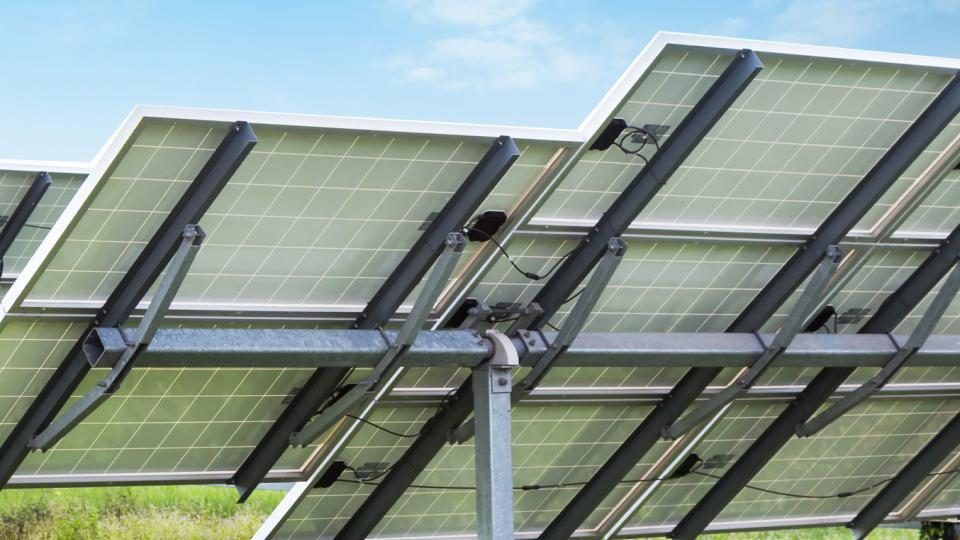If you’re new to the world of solar photovoltaic (PV) systems, you might wonder what a PV backsheet is and why it’s important. Let’s break it down in simple terms and explain why this component is crucial for the durability and efficiency of solar panels.
What is a PV Backsheet?
A PV backsheet is a special layer that covers the back of a solar panel. Its primary role is to protect the solar cells and internal components, enhancing the panel’s performance and extending its lifespan. Typically, backsheets are made from multiple layers of composite materials, including polymers, fluoropolymers, and polyester.

Main Functions of PV Backsheets
Protection: The primary function of a PV backsheet is to protect the internal components of the solar panel. It prevents moisture, dust, and impurities from entering, which helps avoid corrosion and damage to internal circuits and components.
Electrical Insulation: Backsheets provide excellent electrical insulation, effectively preventing short circuits and electrical shocks. This is crucial for the safe operation of the solar system.
Mechanical Stability: High-quality backsheets enhance the mechanical strength of solar panels, protecting them from damage caused by external pressure or impact.
Weather and UV Resistance: PV backsheets are highly resistant to weather conditions and UV radiation. They maintain stable performance even when exposed to sunlight, rain, and snow for extended periods.
Materials of PV Backsheets
The choice of material directly affects the performance and lifespan of PV backsheets. Common materials include:
Fluoropolymer Backsheets: These include materials like PVDF (polyvinylidene fluoride) and PTFE (polytetrafluoroethylene). They offer excellent UV resistance, weather resistance, and chemical stability.
Coated Backsheets: Typically, a base material like PET (polyester film) is coated with a fluorine layer to enhance its weather resistance and protective properties.
Co-extruded Backsheets: These are produced by combining multiple layers of different materials during the manufacturing process, leveraging the advantages of various materials to offer higher performance.
Future Development of PV Backsheets
As PV technology advances, backsheets continue to innovate and evolve. Current research focuses include:
Improving Durability: Developing more durable materials to extend the lifespan of backsheets and, consequently, the overall lifecycle of solar panels.
Reducing Weight: Using new materials and processes to reduce the weight of backsheets, thereby lowering installation costs and the structural load of solar systems.
Enhancing Environmental Friendliness: Exploring biodegradable and recyclable materials to reduce the environmental impact of solar systems.
Intelligent Features: Creating smart backsheets with self-cleaning, fire-resistant, and other advanced functions to improve the safety and self-maintenance of solar panels.
Conclusion
While PV backsheets operate “behind the scenes,” their importance in solar panels cannot be underestimated. From protecting solar cells to enhancing the overall system performance and lifespan, PV backsheets are the unsung heroes of the solar industry.


